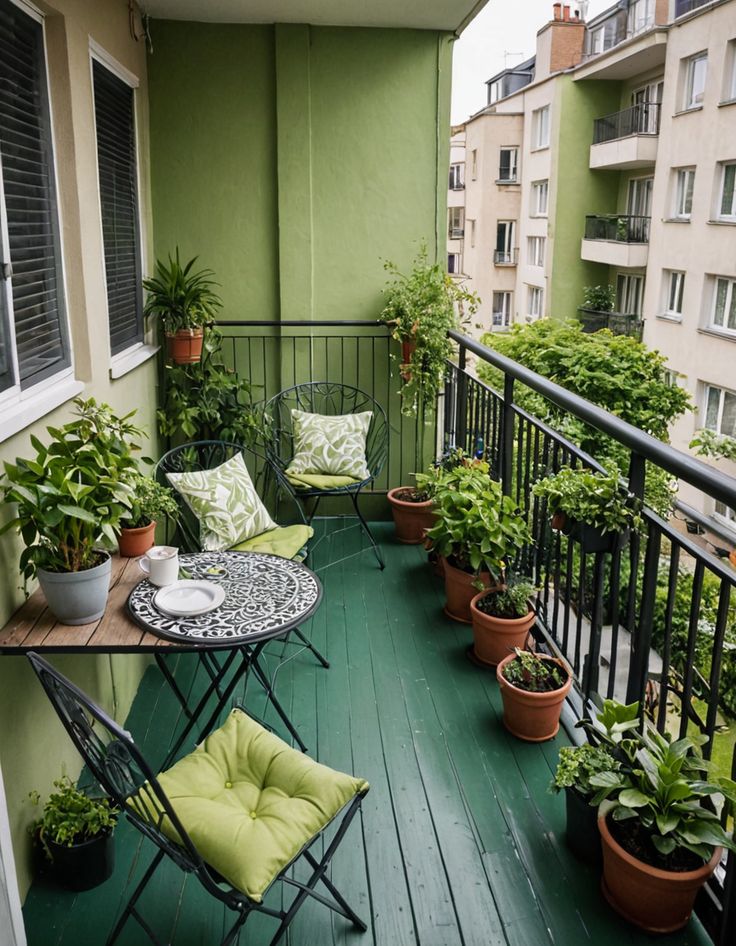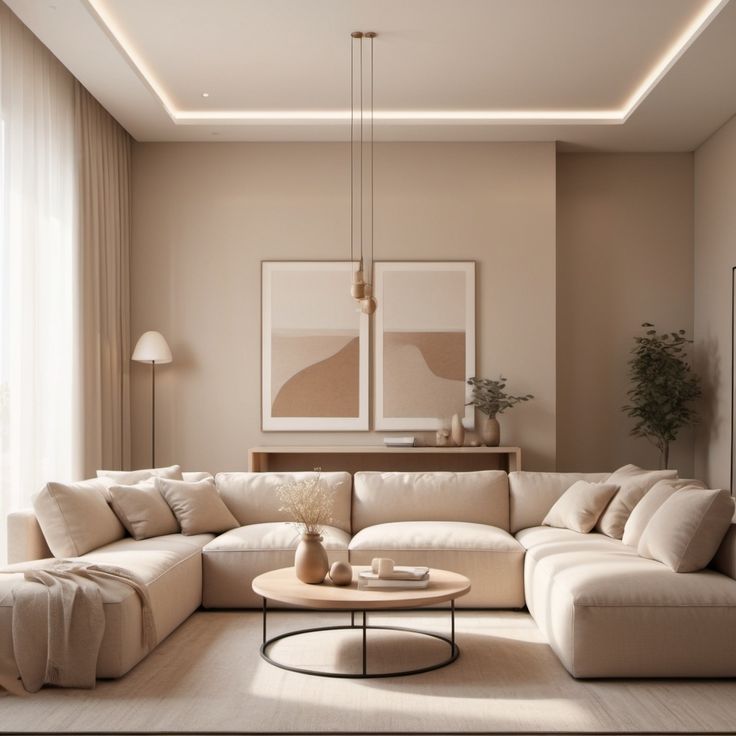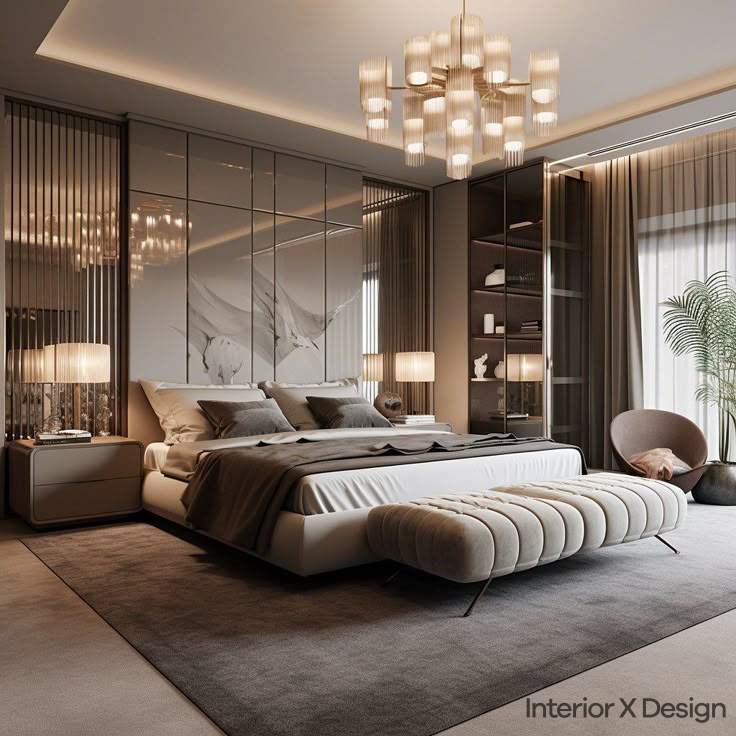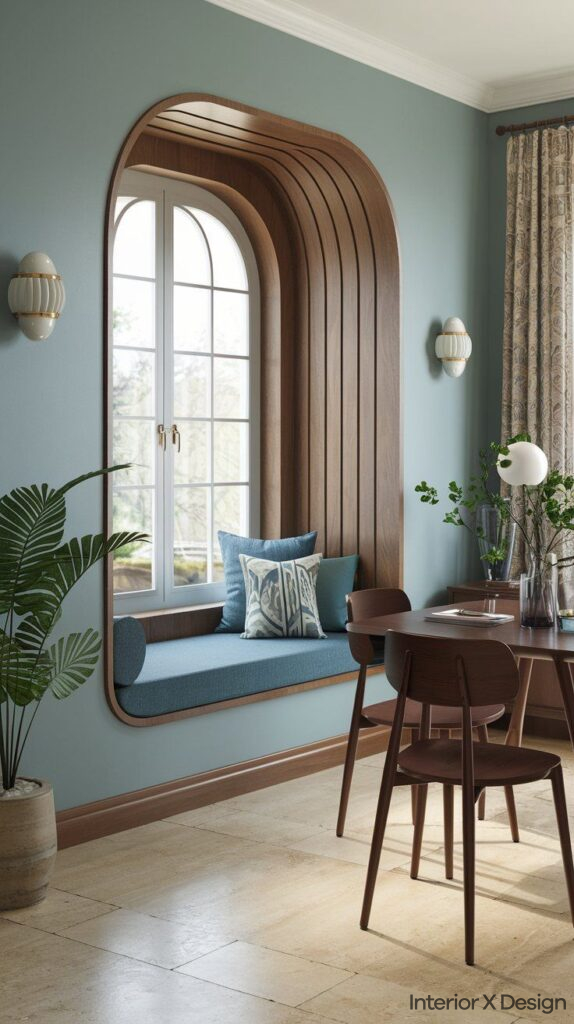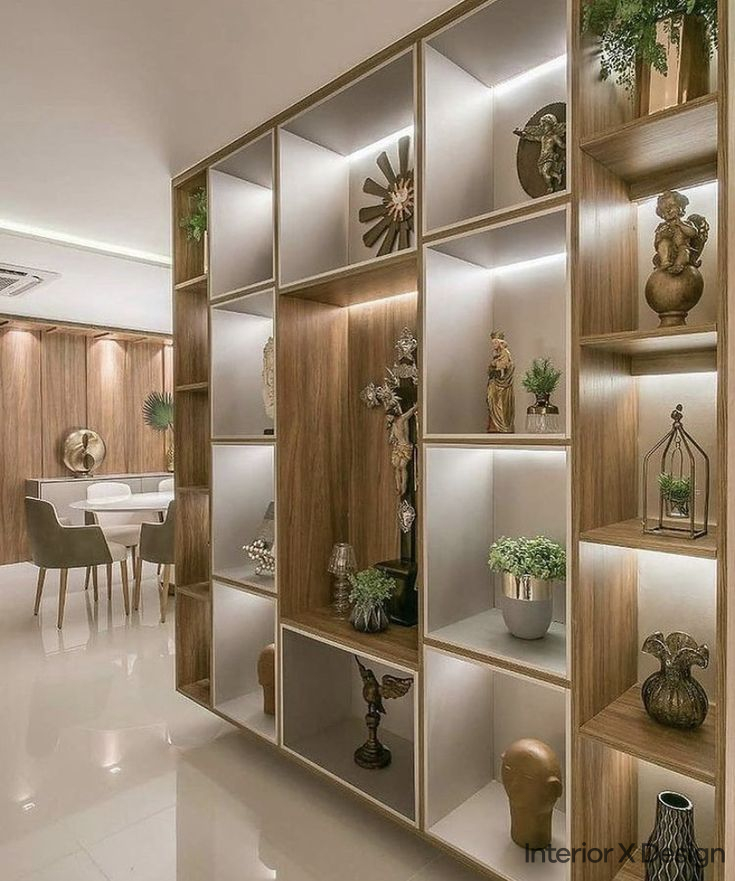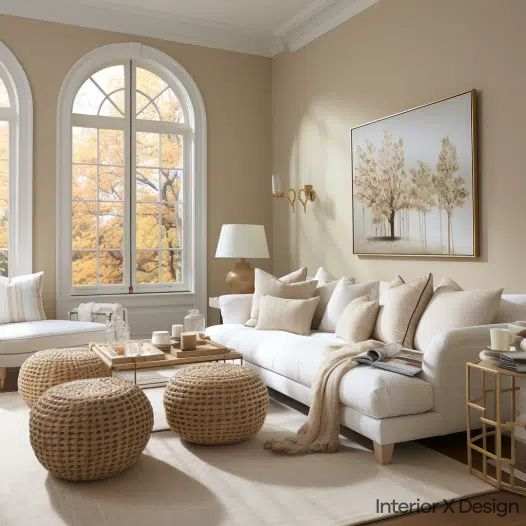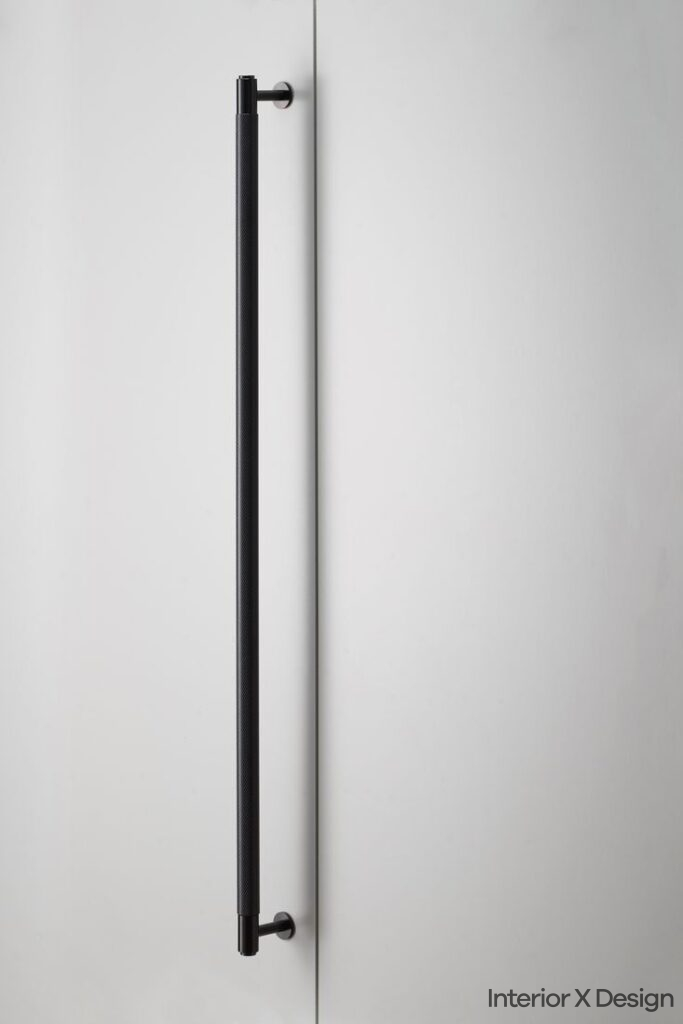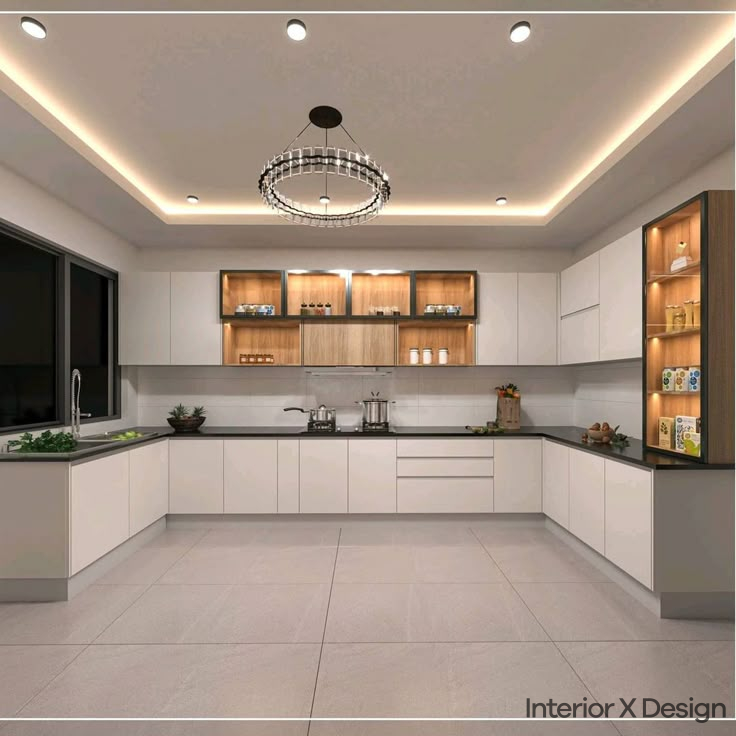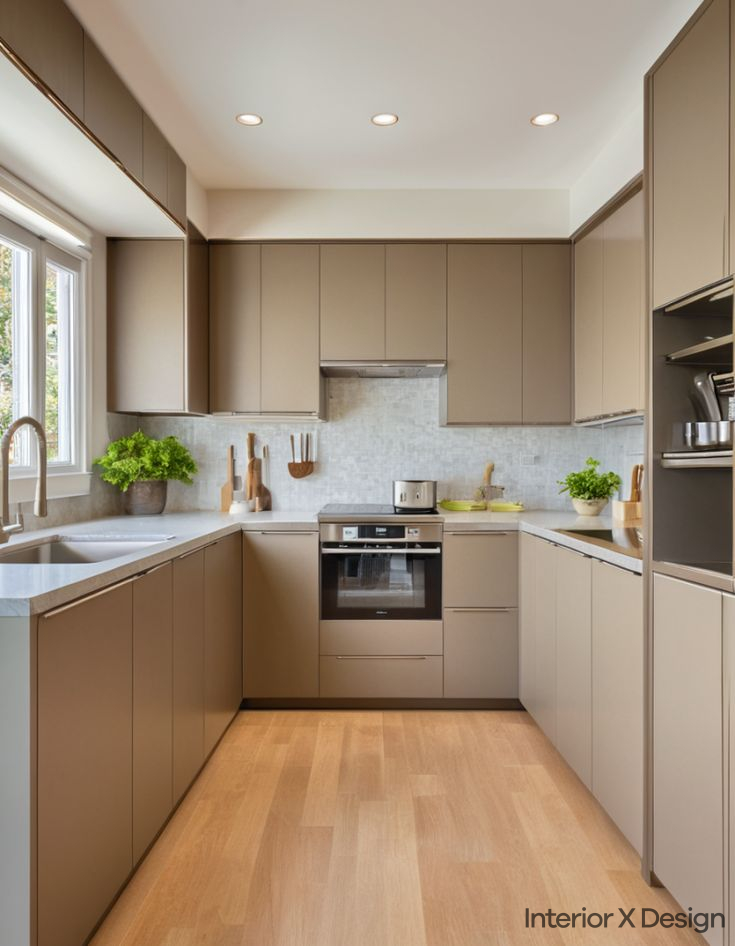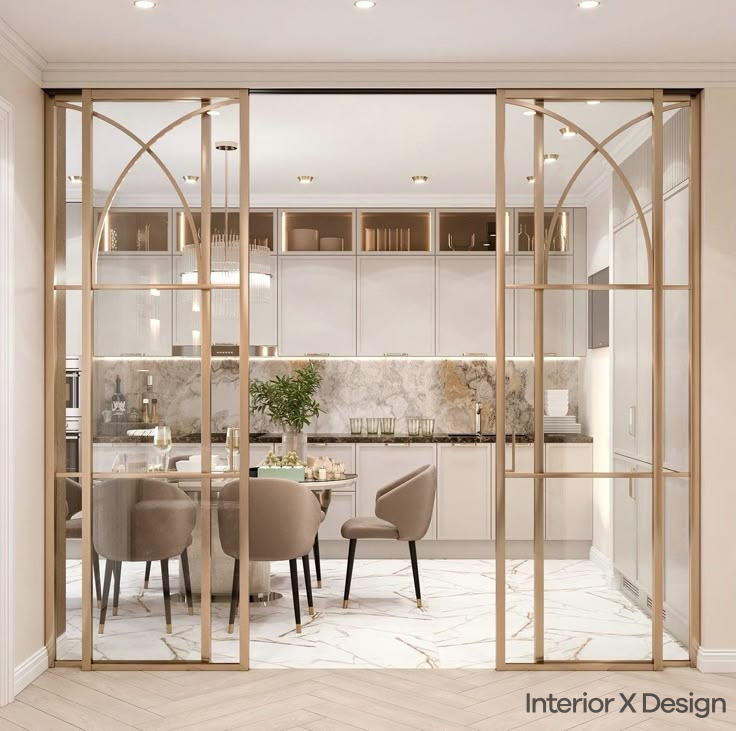Why Indian Simple House Colour Combinations for Outside Matters
The external colour of a house creates the first impression and influences the overall vibe of the property. In India, where architectural styles, cultural preferences, and environmental factors vary widely, selecting the right Indian simple house colour combination outside becomes essential. Here are some factors to consider:
- Cultural Significance: Many colours hold specific meanings in Indian culture. For example, white signifies purity, while yellow symbolizes positivity.
- Climate: Bright colours like white or pastel shades are ideal for hotter regions as they reflect heat. Darker shades may suit cooler areas.
- Aesthetic Appeal: A well-chosen palette enhances the beauty and value of the property.
- Durability: Choosing high-quality paint ensures the colours remain vibrant and last longer despite exposure to weather conditions.
Popular Indian Simple House Colour Combination Outside
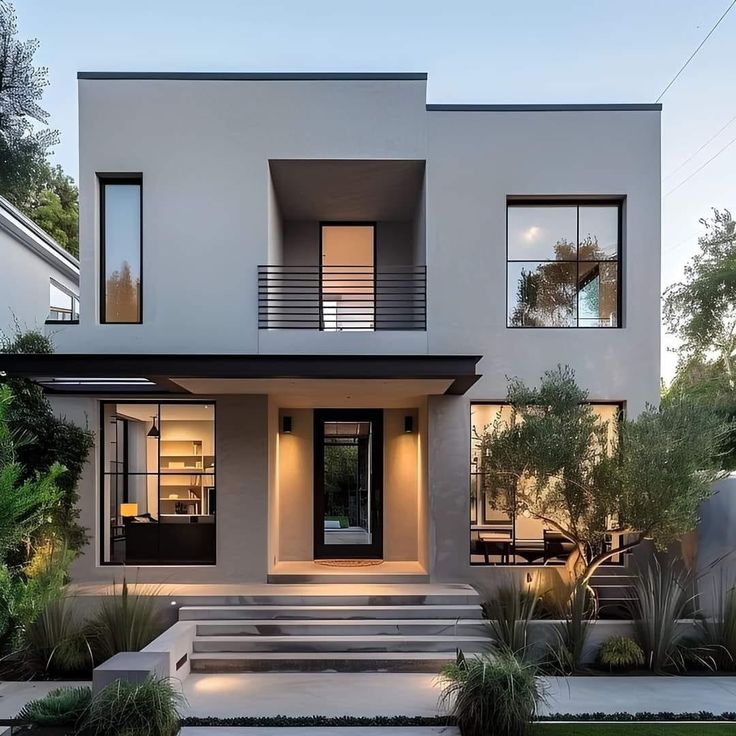

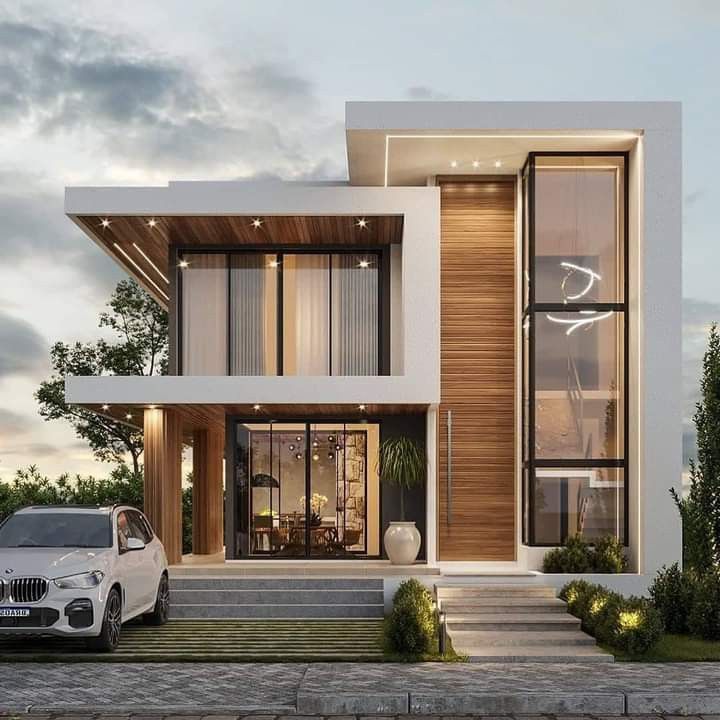

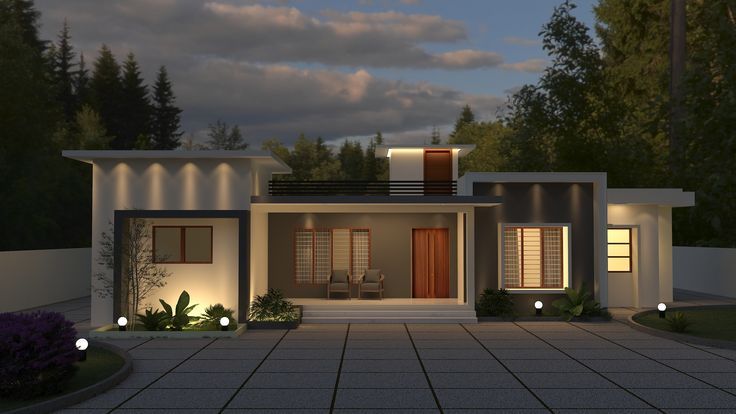

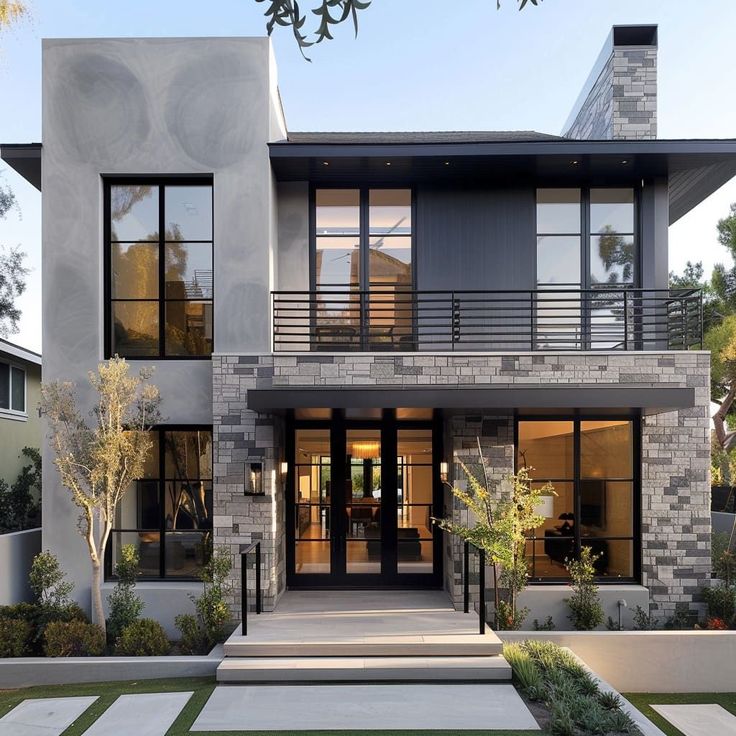

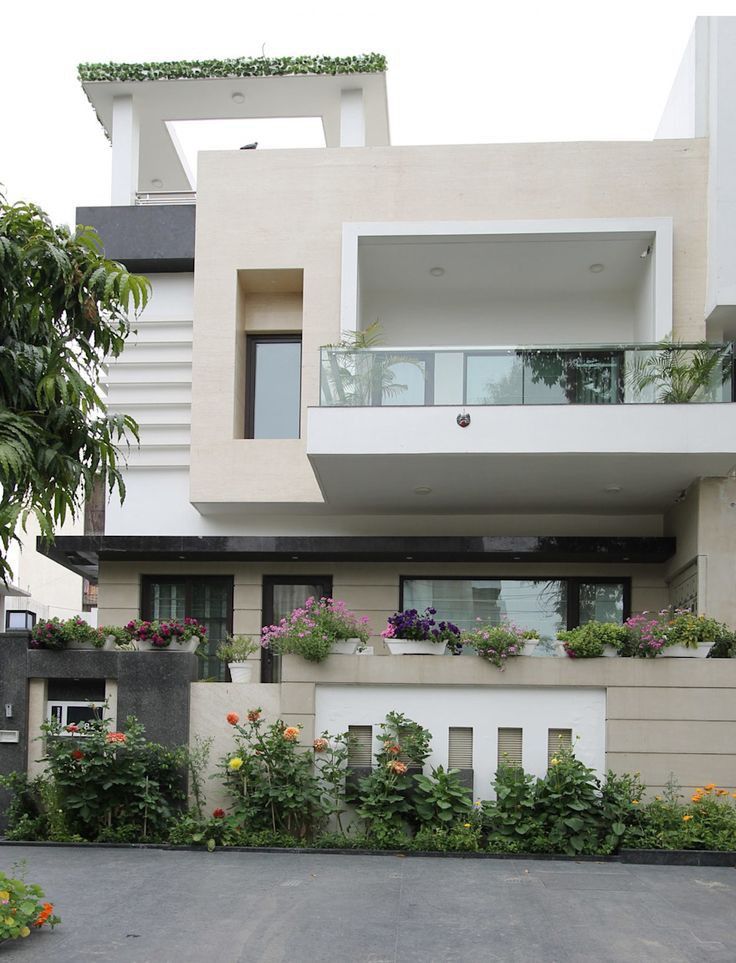
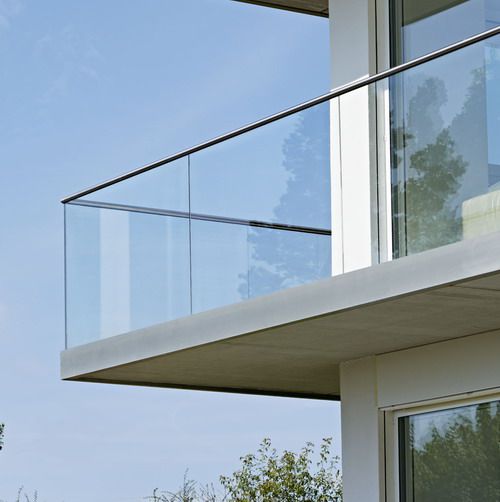
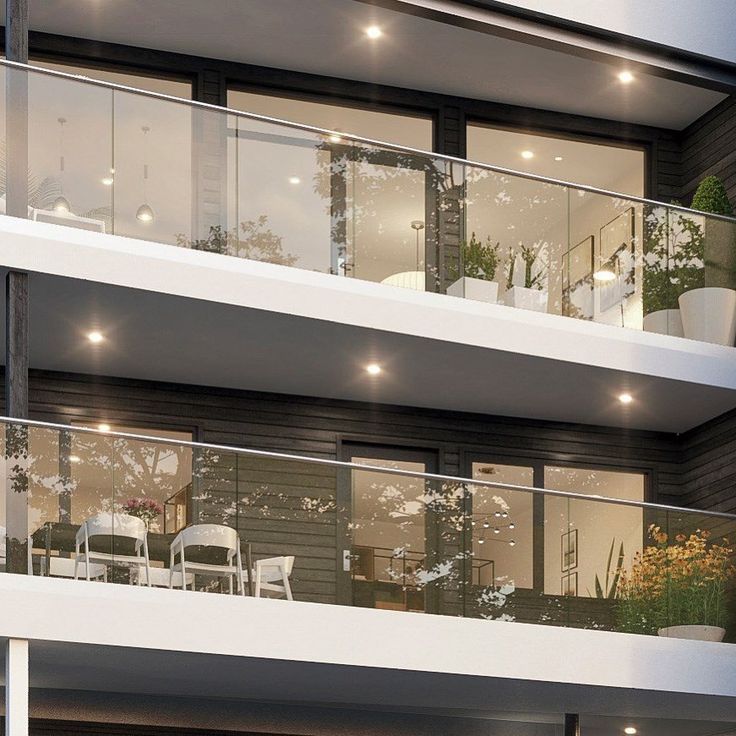
1. White and Blue
White and blue is a timeless combination that exudes elegance and simplicity. This pairing works exceptionally well for normal Indian house colour combination outside as it reflects a calm and serene vibe.
- Why It Works: Blue tones evoke the sky and water, while white offers a clean and fresh look. This combination is particularly effective for coastal areas.
- Examples:
- A white base with blue borders around windows and doors.
- Light blue walls with white accents for a crisp appearance.
2. Beige and Brown
Beige and brown is a sophisticated choice for Indian house front paint design. This neutral palette complements Indian architectural styles, particularly traditional homes.
- Why It Works: The earthy tones blend well with natural surroundings and are ideal for regions with a lot of greenery.
- Examples:
- Beige walls paired with a chocolate-brown roof.
- Brown trims around beige walls for a balanced and warm look.
3. Yellow and White
Yellow and white create a cheerful and bright combination, making it an attractive Indian simple house colour combination outside for urban and rural settings alike.
- Why It Works: Yellow symbolizes happiness and energy, while white adds a touch of elegance.
- Examples:
- Bright yellow walls with white window frames.
- A mustard-yellow base with white accents for a traditional yet modern feel.
4. Grey and White
Grey and white are modern and minimalist, making this combination ideal for contemporary homes. This palette is popular for simple house outside colour combination in metropolitan areas.
- Why It Works: Grey exudes sophistication, while white adds a fresh contrast.
- Examples:
- A light grey base with white detailing around windows and doors.
- Dark grey walls with a white roof for a dramatic effect.
5. Green and Cream
Green and cream is a refreshing and natural color combination that beautifully complements Indian homes, especially those surrounded by lush landscapes. This pairing is ideal for a simple house outside colour combination that feels both elegant and grounded.
Why It Works:
Green signifies harmony and connection with nature, while cream softens the palette and adds a touch of sophistication. This combination is perfect for homes in suburban or rural settings.
Examples:
- A soft cream base with pastel green window shutters and trims.
- Light green walls paired with a cream-colored roof for a serene and welcoming look.
- Olive green accents on a cream facade to create a warm, earthy feel.
Choosing the Right Paint for Indian Simple House Outside Colour Combination
1. Consider the Climate
For regions with intense sunlight, light-reflecting colours like white or pastel shades work best. In cooler areas, darker tones like maroon or deep green add warmth.
2. Test Before Committing
Always test your chosen colours on a small section of the wall to see how they look in natural light. This helps avoid costly mistakes.
3. Opt for Weather-Resistant Paint
Invest in high-quality, weather-resistant paint to ensure longevity. Brands offering UV protection and anti-fungal properties are ideal for Indian homes.
4. Use Accent Colours
Adding a third accent colour can enhance the look. For example, a white and blue combination can be accentuated with a hint of yellow on window shutters.
FAQs About Indian Simple House Colour Combination Outside
1. What Are the Most Common Outside Colour Combinations for Indian Simple Houses?
The exterior colour combinations for Indian simple houses often strike a balance between tradition and modernity. Some popular combinations include:
- White and Blue: A classic pairing that adds freshness and sophistication.
- Beige and Brown: Perfect for a natural and earthy look.
- Yellow and White: Bright and cheerful, reflecting vibrancy and positivity.
- Grey and White: A modern yet subtle choice for a contemporary appeal.
These combinations not only enhance the aesthetics of Indian homes but also provide a timeless charm to the exteriors.
2. How Do I Choose the Right Colour for the Outside of My Indian Simple House?
Choosing the right exterior colour for your Indian simple house involves considering:
- Local Climate: Lighter shades like white, beige, or pastel colours are ideal for hotter regions as they reflect heat.
- Cultural Preferences: Certain colours, like yellow or red, are deeply rooted in Indian traditions and are often associated with prosperity and warmth.
- Architectural Style: The design of your house (modern, traditional, or a blend of both) should complement the chosen colour palette.
- Surroundings: For houses in villages, earthy tones like terracotta, green, or natural stone shades blend seamlessly with the environment.
3. Can I Use Bright Colours for a Small Simple House Outside?
Yes, bright colours can work wonders for small simple houses. For example:
- Yellow: Adds warmth and makes the house look lively and welcoming.
- Light Blue: Offers a calming and spacious effect.
- Peach or Pink: Soft yet vibrant shades that stand out beautifully in village settings.
Bright colours also help highlight architectural details, making the house appear larger and more attractive.
4. What Are Some Simple House Outside Colour Combinations That Work Well for Indian Homes?
Here are some simple yet striking colour combinations for Indian house exteriors:
- Cream and Maroon: A traditional and elegant choice.
- Pastel Green and White: Offers a refreshing and serene look.
- Light Grey and Yellow: Combines modernity with a cheerful vibe.
- Brown and Beige: Perfect for a rustic, natural appearance.
These combinations cater to various preferences while ensuring a harmonious look.
5. What Are the Best Outside Colours for an Indian Simple House in a Village?
For Indian houses in villages, the following colours work beautifully:
- Terracotta or Brick Red: Reflects traditional aesthetics.
- Off-White or Cream: Offers a clean and spacious look.
- Pastel Blue or Green: Perfect for blending with natural surroundings.
- Mustard Yellow and White Accents: Adds warmth and highlights cultural elements.
These colours not only enhance the home’s charm but also ensure it complements the serene village landscape.
6. How can I choose the best outside colour for an Indian simple house in a village?
Choosing the perfect exterior colour for an Indian simple house in a village requires balancing traditional charm with a modern touch. Here are some tips to guide you:
- Consider Natural Surroundings:
Villages often have a serene and natural backdrop. Colours like earthy browns, terracotta, beige, and light greens blend well with the environment. These shades create a soothing, harmonious look while reflecting a rustic charm. - Incorporate Traditional Elements:
Use colours inspired by traditional Indian architecture, such as mustard yellow, brick red, or white. These shades resonate with cultural heritage and lend a timeless appeal to your home. - Use Contrasting Accents:
To enhance the overall look, add contrasting colours to specific elements like window frames, doors, or roof edges. For instance, a light beige house can be paired with dark brown or red accents for a balanced yet eye-catching design. - Focus on Practicality:
Villages often face varying weather conditions. Opt for durable, weather-resistant paints that can withstand rain, heat, and dust. Lighter colours like white and pastel shades are practical as they keep the house cool during hot summers. - Experiment with Textures and Patterns:
Incorporate texture paints or traditional motifs on walls for a unique touch. For instance, a white base with hand-painted designs inspired by local art can add personality to your home.
Example of outside colour of indian simple house in village:
- Creamy white with terracotta roof tiles.
- Light grey walls with dark green accents on windows and doors.
- Mustard yellow base with maroon borders.
- Pastel blue walls with white trims.
For more inspiration on colour combinations and design ideas, visit our Interior Design Blog or explore our Residential Services.


